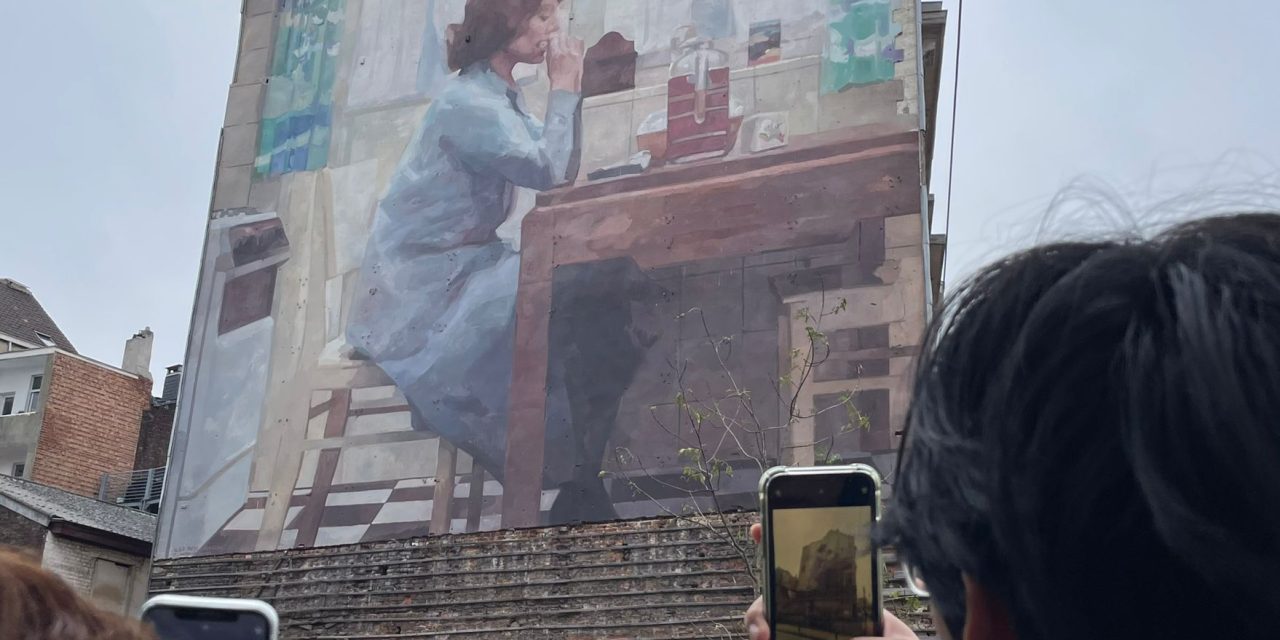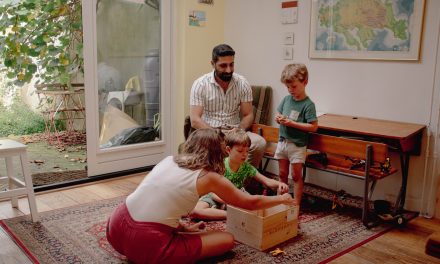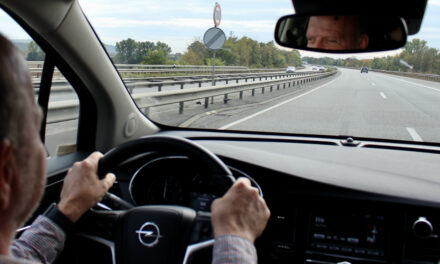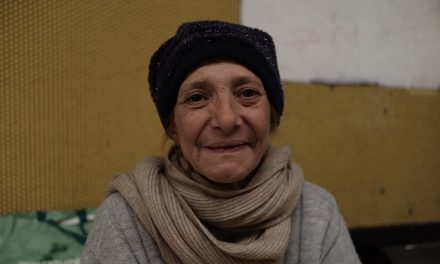This article explores the overlooked contributions of women in art and design, examining efforts to recognize their work, the challenges they face, and the initiatives pushing for greater inclusivity and representation.
At the Art and Design Museum in Brussels, an exhibition curated by Susanne Graner, Nina Steinmüller, and Viviane Stappmanns honors the contributions of women in interior design over the past 120 years, acknowledging their work that was unrecognized in the design industry and marketplace. Ranging from dishware to textiles, tables, and chairs, this exhibition offers the public a unique opportunity to interact with the artistry and innovation of women that had long gone unnoticed in the design industry and marketplace.
Visitors wander through the curated displays, pausing to read about each piece and the designers’ histories, gaining deeper insight into the creative minds that shaped such modern and contemporary creations. On a call with Brazilian artist Gabriela Barzaghi, she reflects on the significance of highlighting women’s contributions and feminist symbology in art, “It is important because society doesn’t have a lot of knowledge about female art, but we aren’t fixing the actual problem.”
Barzaghi explains, “For example, the word ‘feminist’ is seen as a thing meant only for women and men do not want to view art that has the word feminist involved because then the art becomes something exclusive for women.” For her, the larger issue lies in the systemic gender inequality that cannot be resolved only through exhibitions. “It takes time to change this historical construction of what women are seen as capable of doing. Women still struggle to be fully recognized and paid equally to men,” she concludes.
Alternatively, Parkour Street Art offers an innovative and accessible way for the public to experience artwork created by women and art that conveys powerful feminist messages, all for free. This collective makes it readily available to the public, breaking down obstacles that often limit access to women-related creative expressions. The pieces created by women artists in this collection go beyond gender representation. They also amplify the voices and experiences of other marginalized groups, including LGBTQIA+ and BIPOC communities. Vocalizing diverse themes of identity.
Art remains a powerful means for self-expression of emotions and ideas across varying mediums. For those determined to reclaim space for women in the art scene in Brussels, this has manifested in including art produced by women or art portraying feminist symbolism. Each of these acts works toward dismantling the patriarchal, sexist, and misogynistic ideologies ingrained in everyday society. During a video call with Benjamin Riffon, one of the heads of the Parkour Street Art initiative, he explains that “Street art, or just art, is used as a voice and opens the door to speak openly about the reality of a person.”
For these impacts to be fully realized, art must be accessible to everyone, not solely confined to exclusive spaces. Initiatives like the ones above reflect this commitment, offering the public direct access to women’s creative and intellectual expressions. Programs like these are helping to resolve the gender divide by valuing and representing women’s contributions. Riffon asserts that “Every platform is a good one to amplify women’s voices. Cultural politicians in Brussels want more exposure for women too, I wanted to do so in a creative way, not to make women and their art a token.”
Women in general have been undermined and mistreated in many aspects of life. Their education, strength, and talents are frequently suppressed and undervalued compared to their male counterparts. In 2020, the European Commission acknowledged this reality with the following statement:
“The available data shows that female artists and cultural professionals across the EU typically have less access to creation and production resources, are paid much less than men, and are underrepresented in leadership and decision-making positions, as well as on the art market.”
While the Art and Design Museum has made an important step in promoting inclusivity, Parkour Street Art fosters accessibility and broader awareness – both initiatives remain reminders of the ongoing challenges women face in achieving true equality.




